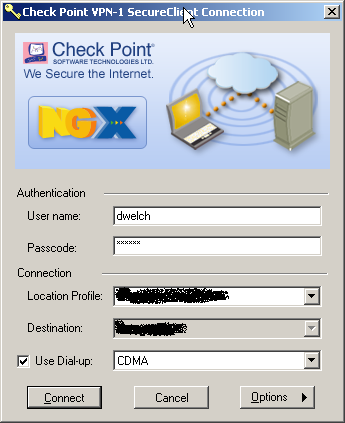
When I was 11, which puts me in 6th grade, our school had a couple of Apple ][e's in the library. There wasn't any network connectivity to speak of, but I knew then I had a future in them.
However, this just blows my mind. A sixth-grader in Millbrook, Alabama becomes the network administrator for a small, private school. He puts in a firewall, upgrades PCs to run Windows 2000, and generally tries to make the computing life better for the students and faculty of his school. And he has to justify certain expendetures in front of the school board. Talk about a hardcore lesson in the school of the IT business.
Both my kids have been in front of computers ever since they had enough of an attention span. I don't know that they will have any exceptional aptitude at this, but if they ever want to practice their IT skills, I've got the equipment here at home they can practice on. ;)
The scary thing is, this will likely be the most useful part of Jon Penn's education he will receive. Certainly was for me in college when I was one of a couple of students helping to maintain the main engineering computing lab. Hopefully, he will continue to hone his IT skills and become certified. I bet he'll make a mint at it, too.

